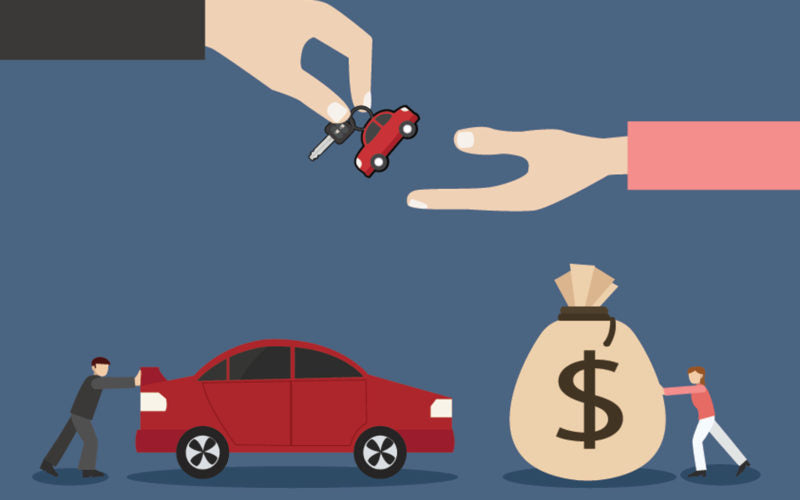
Higher Interest Rates
Part of the reason that monthly payments are higher is that interest rates are also higher. In Q1 of 2018, the average interest rate was 5.17%, which is 31 basis points higher than Q1 of 2017. These higher interest rates add a significant sum to the final amount repaid on a loan and contribute to the higher average payment.
Consumers Purchasing More Expensive Vehicles
The average amount financed for a new vehicle has risen in every loan category, from an $842 rise in the amount financed for deep subprime loans to a $988 rise in the amount financed for super prime loans. This rise means that buyers either have to settle for a higher monthly payment, a longer loan term, or (in some cases) both.
With the average term of a loan still hovering around 72 months, the monthly payment paid by buyers is growing.
More Buyers with Prime and Super Prime Credit Scores
New-vehicle loans given to buyers with subprime and deep subprime credit scores has fallen 8.4% and 14.1%, respectively, while the amount of new-car loans given to buyers with prime and super prime credit has risen to 73.4%.
Buyers with higher credit scores frequently have a bigger budget for monthly payments on a vehicle, so the more of them that purchase vehicles, the higher the average monthly payment will be.
Fewer Delinquent Loans
Part of the reason that buyers (and lenders) may feel more comfortable with growing payments is that the number of delinquent loans has significantly declined. In Q1 of 2018, the number of loans 30 days past due dropped 3.1% from Q1 of 2017 to 1.9%.
Buyers are missing payments less frequently and the risk to lenders has gone down, making them more willing to give buyers a higher monthly payment or a longer time to pay off their car.
Risk-Averse Lenders
According to Melinda Zabritski, Experian’s Senior Director of Automotive Financial Solutions, lenders’ risk tolerance swings from high to low. Right now, we are experience the more risk-averse side of lenders, as evidenced by the credit scores of the average buyer: “[B]ut if payments continue to improve, we could see credit standards loosen,” Zabritski said. “The more insight lenders have into consumer credit behavior, the better decisions they can make.” And this could happen soon, with the number of delinquent loans decreasing.
Cheers,
Kevin
Sources:
https://www.usatoday.com/story/money/cars/2018/05/31/average-car-buyer-now-paying-523-monthly-loan-payment/658873002/
http://www.autodealermonthly.com/news/story/2018/05/experian-avg-loan-amount-monthly-payment-for-new-vehicles-reach-new-highs.aspx